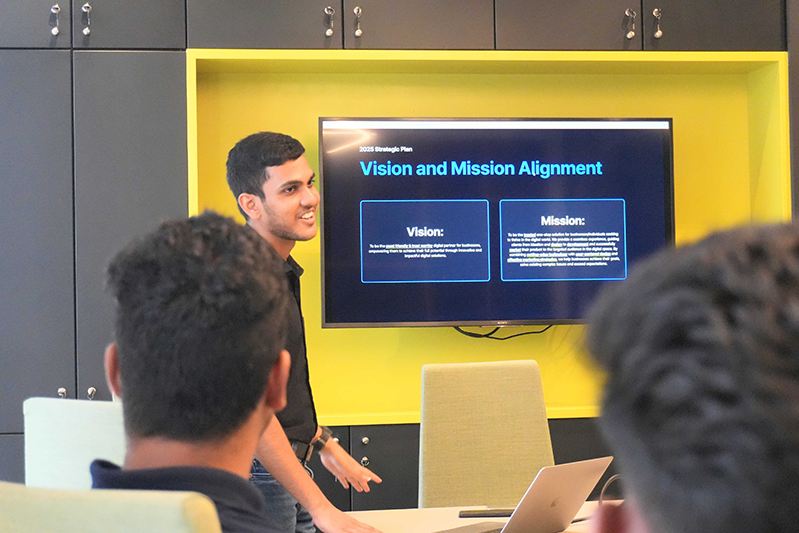The discovery stage is often overlooked in product development, yet it’s a crucial step that can significantly impact a product’s success. This phase involves understanding your target audience, their needs, and the feasibility of your product idea. By investing time and resources into discovery, you can avoid costly mistakes, reduce development time, and create a product that truly resonates with your customers.
The Importance of the Discovery Stage
- Clear Vision: The discovery stage helps you define your product’s goals, target audience, and unique selling points.
- Risk Mitigation: By identifying potential challenges early on, you can avoid costly mistakes and delays.
- Efficient Resource Allocation: Understanding your product’s requirements helps you allocate resources effectively and avoid unnecessary expenses.
- User-Centric Design: The discovery stage ensures your product is designed with your users’ needs in mind, leading to a better user experience.
Key Components of the Discovery Stage
- Define Project Scope: Clearly outline the project’s purpose, goals, and deliverables.
- Understand Stakeholders: Gather insights from stakeholders to ensure their needs are met.
- Identify User Needs: Research your target audience to understand their pain points and desires.
- Prioritize Features: Determine which features are essential to the product’s success.
- Assess Technical Feasibility: Evaluate the feasibility of implementing desired features within budget and time constraints.
- Identify Risks: Anticipate potential challenges and develop strategies to mitigate them.
- Create a Roadmap: Outline the project timeline, milestones, and deliverables.
- Validate Assumptions: Test your assumptions through user research and market analysis.
- Provide Clear Direction: Establish a clear strategy for the project’s execution.
Benefits of the Discovery Process
- Deep Understanding of User Needs: Gain valuable insights into your target audience’s preferences and behaviors.
- Reduced Risk: Identify and mitigate potential risks early in the development process.
- Cost Efficiency: Avoid costly rework by making informed decisions upfront.
- User-Centric Design: Create products that truly resonate with your users.
- Data-Driven Decisions: Make informed choices based on research and analysis.
- Competitive Advantage: Develop a product that stands out in the market.
What’s Included in the Discovery Phase?
- UX Audit: Analyze existing products to identify areas for improvement.
- Competitive Analysis: Research competitors to understand market trends and best practices.
- User Research: Gather insights from your target audience through interviews, surveys, and other methods.
- Persona Development: Create detailed profiles of your ideal users.
- Feature Prioritization: Determine which features are most important to your product’s success.
- Backlog Creation: Create a prioritized list of features for development.
- Project Estimation: Estimate the time and resources required for the project.
A typical discovery team includes:
- Project Manager: Oversees the project’s progress and manages resources.
- Business Analyst: Gathers requirements and ensures alignment with business goals.
- UX Designer: Focuses on creating a user-friendly experience.
The discovery phase is an essential investment in the success of your product. By thoroughly understanding your users, market, and technical requirements, you can set your project on a path to success.
